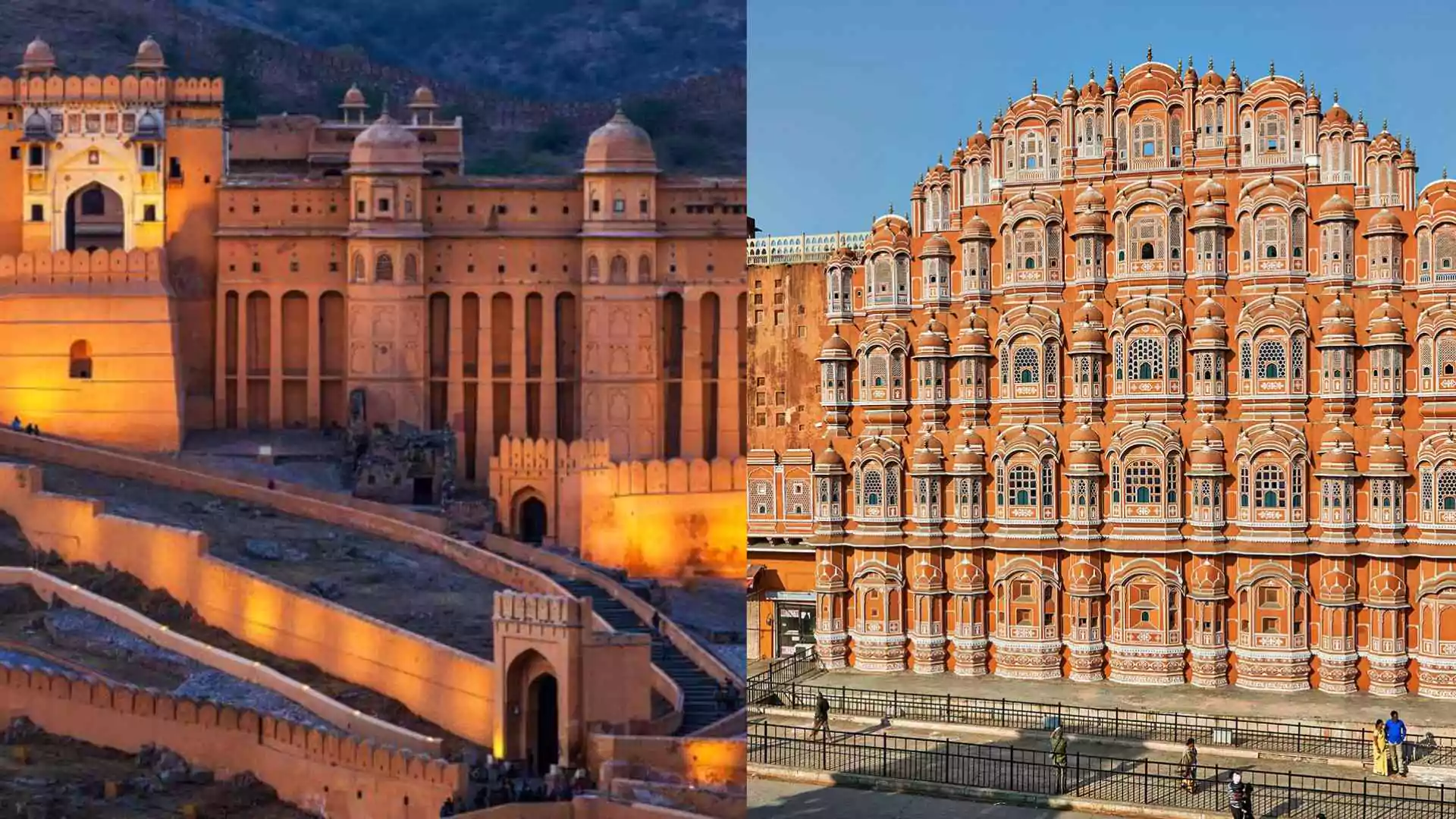When you go out to buy clothes, do you ever wonder what the process behind the manufacturing of the clothes you buy?
Fast fashion is a design, manufacturing, and marketing method focused on rapidly producing high volumes of clothing. It follows the concept of category management, linking the manufacturer with the consumer in a mutually beneficial relationship. The term ‘fast fashion,’ coined in the early 2000s, was popularised because of how easy the buying process was for the end consumer. Fast fashion is stylish, inexpensive, and very accessible to consumers, which makes it the ideal way to purchase items in today’s day and age. The speed at which fast fashion produces garments requires collaboration because the need to refine the supply chain is crucial.
Fast fashion offers a wide variety of styles and designs, catering to diverse consumer preferences and allowing individuals to express their personal style affordably. Fast fashion brands often experiment with new designs and materials to keep up with rapidly changing trends. This constant innovation can lead to the development of new techniques and technologies within the fashion industry as a whole. This diversity promotes inclusivity and self-expression within the fashion industry. Cosumers prefer to purchase clothing items from fast fashion outlets over others as it is affordable, trendy, and easily accessible. It makes impulsive clothing purchases simple and affordable. Fast fashion brands sell trends at record fast speed, this attracts consumers to a new and unique style everytime they step out to make a purchase. Fast fashion has made trendy clothing accessible to a very broad range of people due to its lower price points. This allows individuals from all backgrounds to participate in fashion trends without caring too much about money spent.
According to a survey conducted on 20 people belonging to all walks of life, to understand the economic impact of the fast fashion industry that has emerged as a new trend among the consumers. The result of the survey showed that most people who enjoyed shopping from fast fashion brands mentioned that their experience has overall been good with such brands. In another question asked in the survey, most people said that according to them fast fashion products are reasonably priced. Another question about the quality of products was answered positively. Many people also mentioned that once they are done using fast fashion products, they opt to donate them to the less fortunate.
Additionally, fast fashion while being trendy accessible and affordable also helps in creating many jobs. This industry employs millions of people worldwide, providing job opportunities, particularly in developing countries where garment manufacturing is a significant source of employment. It helps individuals at all levels be it in management or a sales-person.
Most fast fashion brands drop tremendous amounts of new products every week, promoting over-consumption. This results in tons of textile waste being thrown away, creating a lot of waste. Over-consumption is significantly influenced by planned obsolescence. Fast fashion is strongly committed to preventing intentional obsolescence, according to a report in the economist.
Although fast fashion has many positives which attracts consumers, it also has drawbacks. Fast fashion brands do not provide fair living wages to their workers as well as have bad working conditions, some even include child labour. These brands also contribute to environmental damage because of the toxic chemicals that are used in the production of high volumes of clothing while also being a major contributor to the rising levels of water pollution. The fast fashion industry is the second largest industrial polluter after aviation, accounting for upto 10% of global pollution. Despite the widely publicised environmental impact, this industry continues to grow at a fast pace.






















